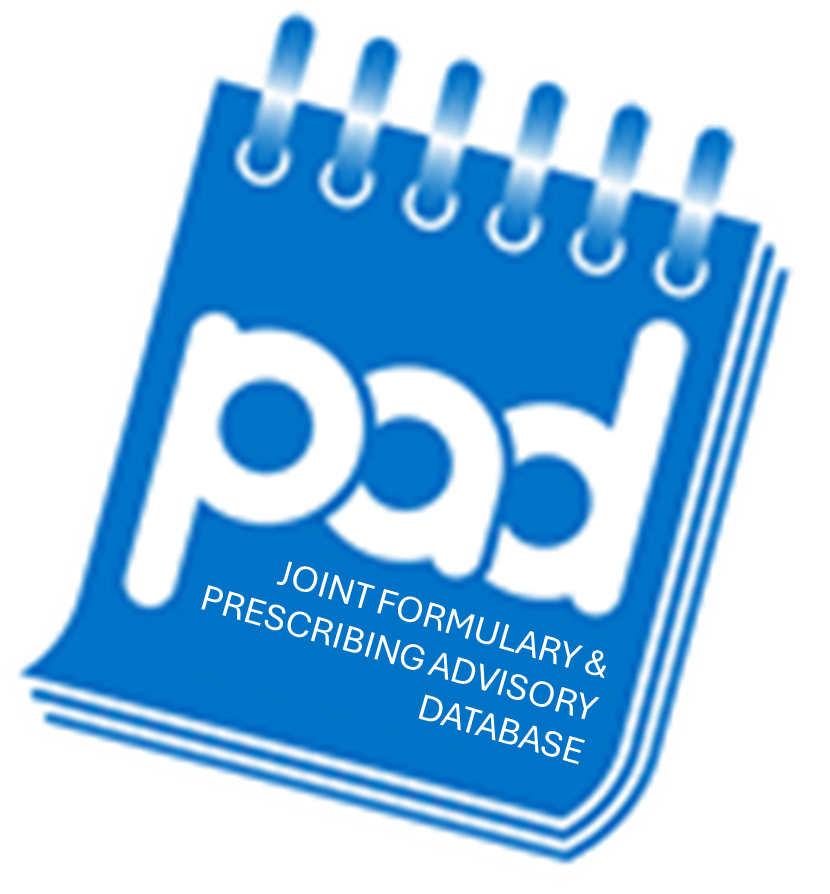
Tinzaparin sodium - VTE treatment in patients unable to take oral anticoagulants
You are here : Home > Formulary Search > Tinzaparin sodium - VTE treatment in patients unable to take oral anticoagulants
Documentation
PAD Profile
Committee Recommendations (1)
The Area Prescribing Committee recommends the use of low weight molecular heparins (LWMH) for the treatment of VTE in those patients who are unable to take oral anticoagulants (excluding obstetric patients and those on current cancer chemotherapy).
LMWH will be considered BLUE (no information sheet) on the traffic light system for the above indications (see below for exclusions).
The specialist should prescribe the initial 1st month of drug treatment. Primary care can take over prescribing upon receipt of an agreed treatment plan from the specialist, which must include details of drug dosage, possible side-effects, and action to take if problems arise, as per local guidance.
LMWH will be considered RED for obstetric use and in patients on current cancer chemotherapy.
Primary care prescriber should ensure that patient medication records include any medicine for which prescribing remains the responsibility of secondary or tertiary care. This will ensure that GP records, which are accessed by other healthcare providers, are a true and accurate reflection of the patient's medication
Other Indications
Below are listed other indications that Tinzaparin sodium is used to treat.
Other Drugs
Below are listed other drugs that are used to treat VTE treatment in patients unable to take oral anticoagulants.
